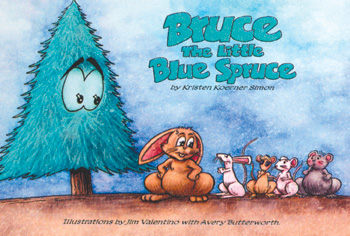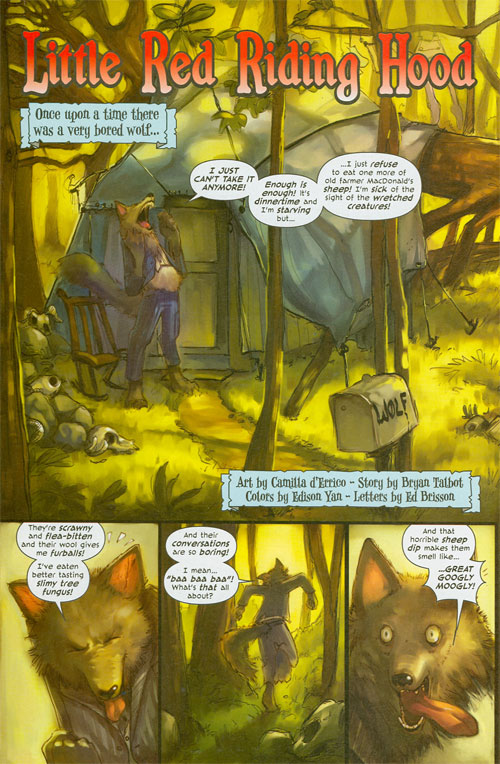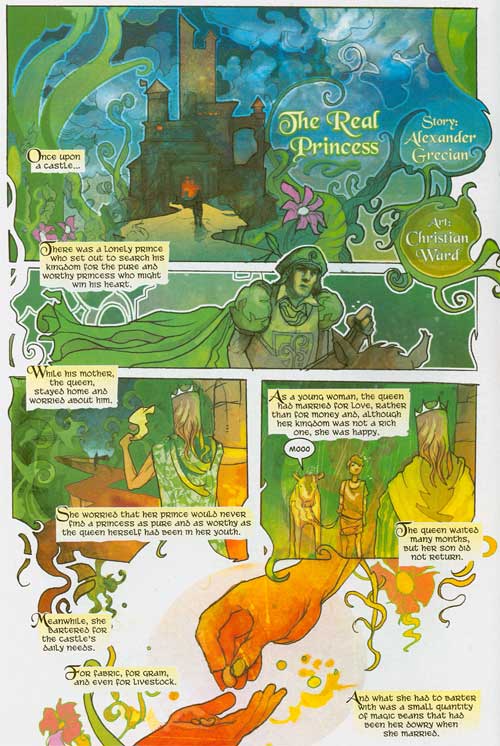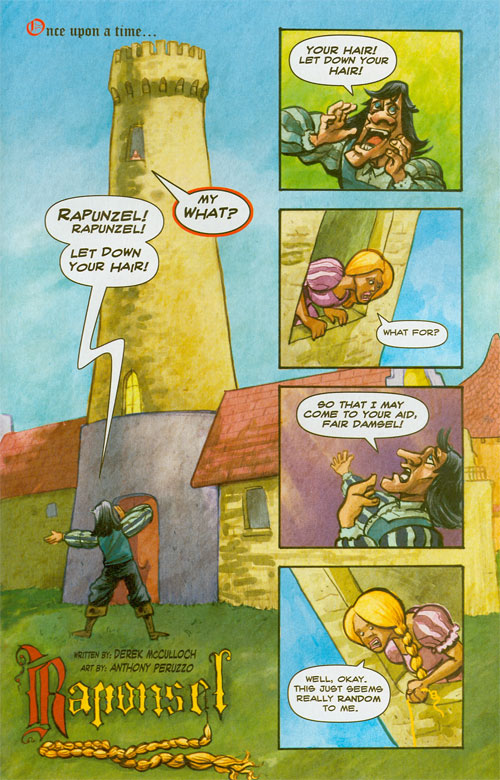Jim Valentino On Kids Comics And Fractured Fables

|
Comics have found their way back to kids, with a growing number of publishers producing Kids' and All-Ages comics over the past few years. But what makes a comic good for kids, both in terms of quality and entertainment value?
We spoke to Jim Valentino, industry veteran, comics creator extraordinaire and president of Silverline Books, a kids imprint of Image Comics. Silverline is devoted to providing original, high-quality material to bridge the gap between picture books and comics. Read on for Jim’s thoughts on kids comics and literacy, Fractured Fables and more.
 BookShelf: What makes a comic good for kids?
BookShelf: What makes a comic good for kids?
Jim Valentino: I’m sure that if you asked a kid, they’d say humor first and foremost. After all, who among us doesn’t like to laugh regardless our age? As an adult, I believe what makes a good comic, book or movie for a kid is one that respects a child’s intelligence. No one likes to be talked down to and kids can spot condescension a mile off, probably because they have to deal with it so often.
What do you look for in terms of story content, writing and artwork?
Valentino: A well structured story and excellent art but I also look for a subtle life-message. As suggested above, kids are smart; they understand more than we usually tend to give them credit for. I give them the credit to understand the message without beating them over the head with it.
What can comics do for kids that other mediums can’t?
Valentino: Comics are a dual hemisphere experience. The combination of words and pictures create a lasting, indelible impression as story and art complement one another to create an enriching experience that can be revisited in a myriad of ways.
What does it mean to “read” a comic, and how does that relate to other kinds of reading?
Valentino: With a comic you can read both the captions, the dialog balloons, etc. and you can read the art — the pictures in the panels. As to how it relates to reading prose or rhymes and poetry, I would suggest that reading is always a good thing. And anything, any form or format that gets a kid to read should be encouraged. Comics may be easier, less intimidating for a child to approach due to this symbiosis of words and pictures.
Did you read comics as a kid? What did you like about them?
Valentino: I did, yes, and I loved everything about them. For me they were like a bolt of lightning from on high. I could read by the time I was four thanks to comics and a very patient mother and they led me into other areas of interest due to their subject matter: history, mythology, astronomy, paleontology and so on. I was and remain to this day a voracious reader and comics played a huge part in that for me.
 What was the inspiration for Fractured Fables?
What was the inspiration for Fractured Fables?
Valentino: We wanted to do an anthology of shorter stories so we could work with some creators we admired who were just too busy to do a full story. The thematic inspiration came from old Jay Ward (Rocky and Bullwinkle) cartoons. They had two segments on that show — one was Aesop’s Fables and the other was called Fractured Fairy Tales. So, we got the idea from them!
Do you consider Fractured Fables a kids’ comic or an all ages comic? Is there a difference?
Valentino: “All ages” is a term used exclusively in the comics industry to denote content appropriate for children (not all comics or graphic novels are appropriate for children). In the book trade and in libraries, books are broken up by either age or grade level groupings. So, to answer your question, they tend to be synonymous within the comics world. Fractured Fables is targeted at the 9-12 age group.
How do the “fractured” fables work with the stories that are being skewed? Do you need to be familiar with the original stories?
Valentino: I would think so, yes. What was delightful in editing the book was how individual creators interpreted those stories. The assignment for the book was “take a familiar fairy tale, fable or nursery rhyme and turn it on its ear to make a kid laugh.” Then it was up to the creativity of each creator to interpret that as they saw fit.
Check out some of the interiors for Fractured Fables!

|

|

|

|
 How does writing for kids differ from writing for older readers?
How does writing for kids differ from writing for older readers?
Valentino: I approach every piece differently. Writing humor is different than writing super-heroes, which is different than auto-biography and so on.
I believe that the correct approach for writing for children is pretty much the same as the correct approach for dealing with them; understand that they are immature and inexperienced in life, so don’t expect them to understand on the same level as an adult—but respect the fact that they are intelligent, sensitive persons in their own right.
That’s the philosophy I raised my own children on and it seems to have worked out pretty well.
Tell us about some of the other projects you’re working on for Silverline Books. What’s coming up?
Valentino: Well, we just released Banana Tail’s Colorful Adventure, which is a delightful tale of friendship, honesty and forgiveness targeted at younger kids (4-7) and illustrated in CGI, which makes it look more like a Pixar movie on paper. Very unique.
We’re currently planning a second volume of Fractured Fables, the theme this time will be “What happens after Happily Ever After?” It should be fun, to say the least.


